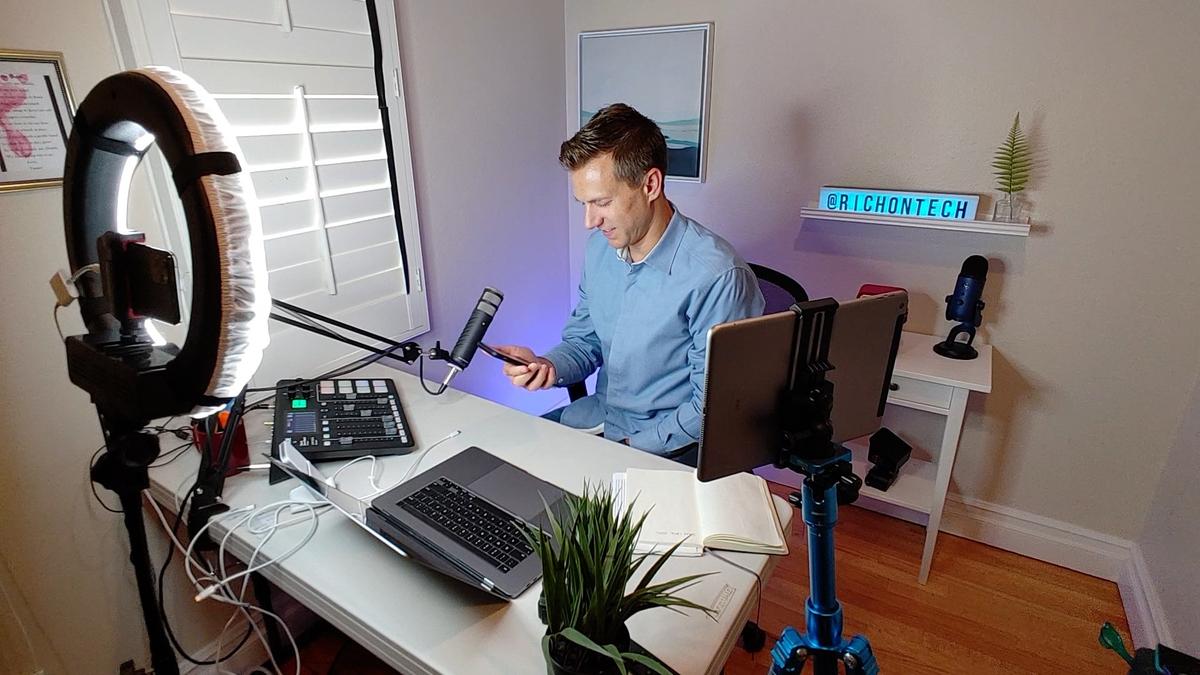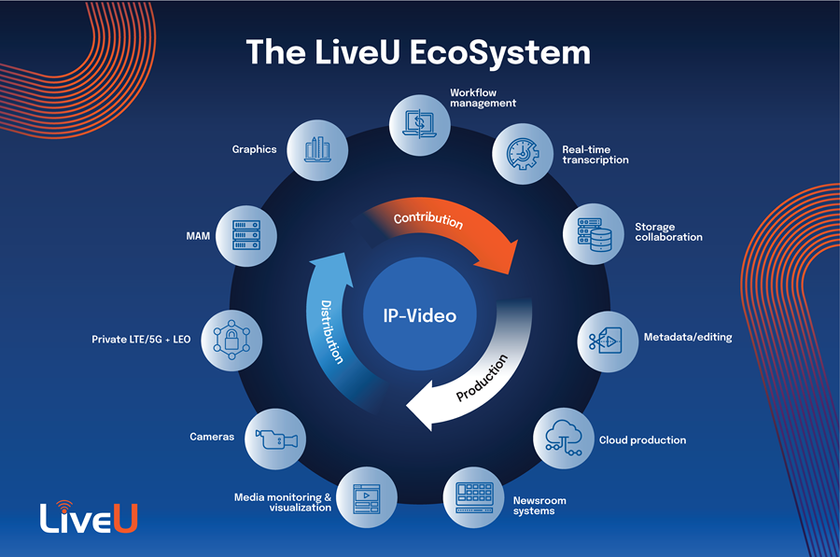The Broadcast Landscape for the Year Ahead
The world is not going to switch back to the way it was before

The past year has been another interesting one for the broadcast industry. With the pandemic posing several challenges, it also created opportunities for broadcasters to adapt and innovate to a new way of working. With this positive momentum driving the industry forward, 2022 is likely to continue shifting the landscape into a new direction that builds on the foundations that were laid last year.
As the industry began adapting to a new way of working and collaborating, identifying what to expect became an even more integral part of business strategies. Bitcentral was no exception to this and has anticipated key trends that will shape the industry throughout this year, so that companies and clients can access the solutions that can address these changes accordingly.
With this in mind, I will be spotlighting what I believe will be the most important trends to shape broadcasting in the year ahead, and beyond.
Remote Working
The impact of the pandemic has changed many aspects of how we work and broadcast live television. It is not at all surprising to me that the world is not going to switch back to the way it was before. There is an expectation in many industries—including broadcasting—that people can work remotely. Flexibility in how broadcasters operate is crucial in maintaining content creation, live production, and channel origination during times of uncertainty and dramatic change.
Remote working has presented challenges for broadcasters and technology providers throughout the industry. Now, broadcasters are looking for ways that will provide them with increased flexibility and efficiency that can serve their needs in the ever-changing market.
We are seeing companies effectively take advantage of the ability to remotely launch 24/7 long-term channels and pop-up channels, anywhere, and at any time. With remote working now cementing itself into the daily life of the industry, the possibilities for such flexibility will grow. We will see companies innovate in ways never believed possible before now that they have software in place that enables them to be more creative.
Cloud Provides Greater Flexibility
The pandemic accelerated the shift towards the cloud, and this will continue, but not necessarily at the expense of on-premise technology. Many broadcasters are adopting a hybrid approach and I expect this to continue.
Cloud-based playout is nothing new, but what’s become apparent over the last couple of years is how scalable and flexible cloud-based technologies can be. Cloud-based playout now provides operators with the flexibility and scalability required by the current business environment.
And with that reliable flexibility available in the cloud, many broadcasters are turning to cloud-based solutions for back-up in the event of disaster recovery. This safety net will only grow in popularity during the year as its versatility provides a robust solution going forward. Also, the cloud provides a more cost-effective approach when it comes to disaster recovery.
Broadcasters are finding that the cloud makes it easier for operators to launch new services through an OPEX model as opposed to the up-front investment a CAPEX model requires.
Despite these advances, it is important to understand that although the cloud provides operators with crucial tools to adapt to a changing media landscape, traditional on-premise technologies will continue to be a crucial element throughout this year and beyond.
The Risk of Security Increases Due to Having Information Publicly Accessible
With remote working and new devices being curated into this transition, the risk of a security breach increases. This is because the information is publicly accessible and there needs to be ample resources, with high protection, to combat this fact. There are many industries in the technology space that are focusing on this, and companies are moving to more standardized methodologies.
While these security challenges haven’t been resolved completely, there have been attempts at tackling them. Potential solutions have been theorized and worked out, especially by the broader IT industry and these can be leveraged in broadcast. With more operations moving to the cloud, companies have found solutions and budgets to tackle security risks. I expect security to be a big topic for conversation in the year ahead.
Final Thoughts
With 2022 now well underway, the broadcast industry has already proved itself robust and adaptable enough to deal with the challenges that have been thrown its way. I expect it to continue its progress this year by accelerating the speed and efficiencies in how content gets to air.
The industry is built on a culture of creativity and dynamism and continuing to work collaboratively will be crucial in driving it forward.
Get the TV Tech Newsletter
The professional video industry's #1 source for news, trends and product and tech information. Sign up below.

Sam Peterson is COO for Bitcentral.











